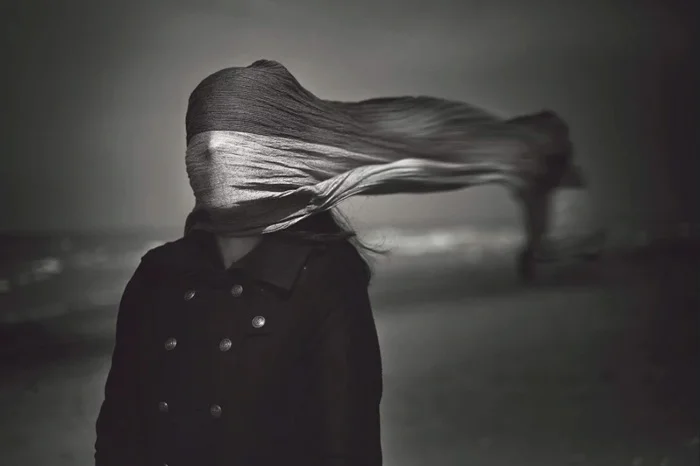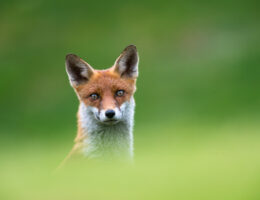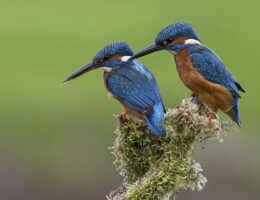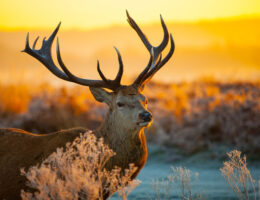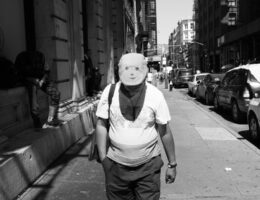IRAN ART EXHIBITION: WITH THESE TIPS, YOU’LL BECOME A PROFESSIONAL FINE ART PHOTOGRAPHER
Fine art photography is a style of photography created by an artist. Fine art photos are photographs created purely for their aesthetic and imaginative qualities. Fine art photographers create work that goes beyond merely capturing what is in front of the camera.
In this article, we’ll explain how fine art photography differs from other photography styles, and how to create artistic photography.
Fine Art Photography Definition
Fine art photography, also known as “photography art,” or “artistic photography” is photographic artwork created in line with the artist’s vision. Fine artists use photography as their chosen medium for creative expression.
Fine art photographs express an innovative idea, emotion, or message which is unique to the artist. They do not serve a commercial purpose and are the opposite of documentary photography.
What’s the Difference Between Photography and Fine Art Photography?
These days, almost everyone, even children, has a camera in their cell phone. Anyone can take photos. While photography has become widespread, there is a significant gap in the quality of different photographs. Not to mention there is a diverse range of photo styles.
It can be hard to narrow down precisely what photography is and what kind of photographs are still a form of art. Many types of commercial photography are not considered fine art.
IRAN ART EXHIBITION: Digital photography has changed the way people take photos, and how many are taking them. Anyone with a camera can be a photographer these days, and many of those want to be professional photographers or artists, though they can be the both. All over the internet there is a rise of those who are calling themselves Fine Art Photographers; so maybe it is time to look into what they are and how they are different to the usual photographers.
Recently I heard a photographer online saying that you could go wacky on an image, add a weird curving blur, then call it fine art. That doesn’t make an image artistic, that just makes it silly.
There doesn’t seem to be a definitive explanation or definition for what Fine Art Photography is, but there do appear to be things that help define what it is.
Artists Vision
Before work can become fine art the artist has to have a vision of what they think their work will look like.
An Idea
Fine art is about an idea, a message, or an emotion. The artist has something that they want to have conveyed in their work.
That idea or message may be something small, a single word such as abandon, or it may be a whole statement, like exploring the way the moon affects the tides. It is a start. It is like a hypothesis.
Technique
The work you create to demonstrate your vision and ideas has to have a consistency to it. When all the work is together it has to have similarities. Often artists will use the same medium and techniques for each idea.
Body of Work
In the end there has to be a body of work that shows your ideas, subjects and techniques. If you were to get your images into a gallery there would need to be a uniformity to them all.
Artist Statement
Finally you would most likely need an artist statement. A short explanation of what the work is about, why you created it and how.
IRAN ART EXHIBITION: When you go to a gallery you might look at the work and wonder what it is about, so you look for the artist statement. It will help you figure out what the artists intentions were, the reasons why, and how they created that work.
So you want to be a Fine Art Photographer?
You don’t need to have a degree in fine arts to be a fine art photographer, but you do need to think carefully about your work and what you want to achieve with it.
Getting your ideas together
Brainstorming is a great idea, sitting down and just writing ideas down.
• What topics do you feel passionate about?
• What messages do you want to convey?
• What subjects do you like to photograph?
• What techniques are you interested in?
Just write and don’t take too much notice of what you are writing, it is about getting your thoughts down on paper. It might not make any sense at first, but as you work through your ideas it will start to do so.
Once it is done you should have the bare essentials for what you want your work to be about. You might decide to disregard a lot of it, but there should be enough there to help you work out what you want to do, and which direction you want to go.
Deciding on your topic
Topics can be anything. They don’t have to be heavy topics like ones that are really political, or socially conscientious.
Working out your message, or the motivation behind it, can be a little bit more difficult. Perhaps for something like consumerism you might want to explore the impact it has on the environment, or what is going to happen to all the goods that we keep buying.
Finding the subject for your photos
IRAN ART EXHIBITION: What is your subject matter going to be? Would you photograph rubbish piles? Maybe look directly at the different brands, and all the different products they come out with. What your images are going to be of, is just as important, and should link to your topic or message.
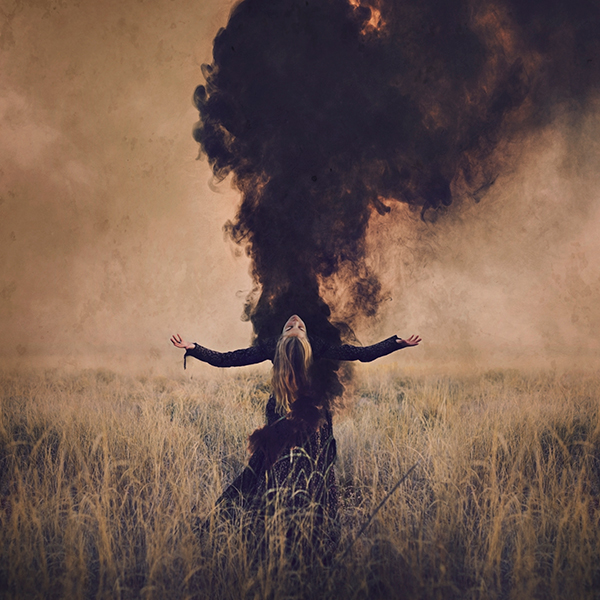
Working out your technique
The technique isn’t so important, it just has to be the same for all the images. You can experiment to start with, to help you work it out, but once you have what you want then your body of work has to all be similar. You are looking to create a cohesive portfolio that will look great, and connect together when on display.
Creating your body of work
You should make as much work as you can. If you are planning an exhibition, then you need to know now much work you will need for it. When it is all done there are going to be pieces that simply won’t work and you will be better off leaving them out. It is difficult to work out what is best for an exhibition, and just because you made it doesn’t mean it belongs.
Your Artist Statement
IRAN ART EXHIBITION: Finally you need to write that artist statement. It needs to be written in what they call artspeak, or language that fits in with the art world. It has to sound good. If you are applying to galleries then your artist statement is what they are going to take notice of, just as much as your work.
Here is an example of one written about work around the theme of abandon:
It is human nature to sculpture and contour the environment into shapes and forms that we find pleasing. We live in these buildings, work in them, and find entertainment and nourishment in them. We spend time in rooms designed to help us learn through many stages of our lives. When the buildings can no longer be maintained they fall into decay quickly. My work is looking at the rate of decay and how similar it is to the human condition. How easily we can fall into the same sort of decay when we are no longer being cared for. Through photographs of old, and recently abandoned buildings, I want to explore the metaphor of the human condition with the deserted buildings.
I just made this short statement up, but I hope it gives you an idea of what an artist statement is like. If you do a google search you will find many places that can help you write one. You will also be able to find examples of them to see what other artists are doing, and how they are creating their work.
Finally
The work should be about you, and what you are passionate about. Don’t worry about what other people think. If you know what your vision is, what your subject is, and how you want to create your work, then your statement should come easily and you will find yourself on a new path, an exciting one.
IRAN ART EXHIBITION: If you are just making lovely images without any of the above, then chances are you aren’t creating fine art photographs. However, if you have a vision or message, and have ideas that you want to convey through your work then you are more likely to be creating fine art. Perhaps you should think about what you want your work to be about. It is also fine to just take photos because you enjoy it.
